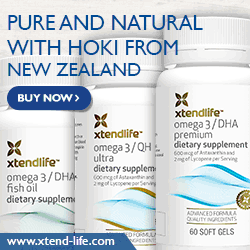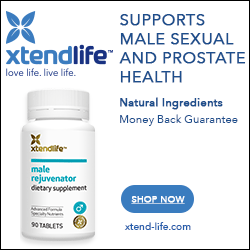Stacking the Deck: Part II
I’m always getting alerts and newsletters from professional groups in my e-mail…sifting through this stuff is sometimes a pain, but every so often, something worth following up on catches my eye.
Like this press release, for example:
Aminogen® Triples Rate of Whey Protein Absorption
08/12/2008WAYNE, N.J.—Triarco Industries announced a clinical study published in The Journal of The International Society of Sports Nutrition shows adding Aminogen® to processed whey protein can double and even triple the rate at which whey protein is absorbed. According to the study, this increased absorption rate raises levels of free amino acids by 100 percent and branched-chain amino acid levels (BCAAs) by 250 pecent more than when whey protein is digested without the patented enzyme system. The study also reports that adding Aminogen increases nitrogen retention by 32 pecent.
“Increasing the absorption rate is key for whey protein consumers who are concerned about the effects processing may have on bioavailability and want to maximize the benefits of their protein intake,” explained Triarco director of research and development, Mark Anderson, M.D.
The study’s authors noted that while whey protein is considered easily digested when compared to some other sources of dietary protein, the maximum absorption rate of whey protein has been reported to be between 8 to 10 grams per hour. Gastrointestinal transit time for viscous liquids, during which nutrient absorption can occur, is reported to be 1.5 hours. Protein powders and shakes frequently contain between 20 and 50 g of protein per serving.
The clinical study investigated serum blood levels of free amino acids and BCAAs in 21 healthy males who consumed 50 g of whey protein with and without Aminogen.
The rate of absorption increased 220 percent to 350 percent over controls, depending on how much Aminogen was added.
“Our results confirm that what Aminogen does is allow your body to absorb more amino acids and retain more nitrogen from whey protein concentrate,” Anderson continued. “It does this by accelerating absorption before the protein moves farther along the digestive tract, where nutrient absorption does not occur.”
Now I am quite familiar with Aminogen – as noted above, it’s a proprietary enzyme ingredient sometimes added to protein powders. I’ve always considered it to be a rather pointless additive, however, as it’s generally underdosed…I’ve seen it as low as 25 mg/serving.
Now, when it comes to enzymes, weight by itself isn’t the only consideration…you also have to look at ACTIVITY. Unfortunately, Triarco doesn’t reveal this info, but according to an older study they used to have on their site, it took 50 mg per gram of protein to see the improvements in amino acid absorption they claimed. Given that your typical scoop of protein powder has over 20 grams of protein, that’s rather a lot of Aminogen (1+ grams) – a lot more than most commercial protein supps include in their formulas. For example, the “featured” product on Triarco’s site, “ProSource Nytrowhey Ultra,” contains “…a heaping 300 mg. of Aminogen per dose” – a lot higher than others I’ve seen, but still nowhere near 50 mg/g (for the record, it’s 13.3 mg/g in this product).
So naturally…I scanned the press release, as the first question that popped into my mind was, “how much Aminogen did they use?”
Do you see it anywhere? I sure don’t.
The study supplies the missing details, however.
Two groups of healthy, male subjects were dosed with 50 g of WPC as CGs and nine days later with 50 g of WPC containing either 2.5 g or 5 g of a patented proteolytic enzyme formula from food grade Aspergillus niger and Aspergillus oryzae as TGs (Aminogen®, Triarco Industries, Wayne, NJ).
Lemme see here…that works out to be 50 mg Aminogen and 100 mg Aminogen per gram of protein, respectively…not 13.3.
In other words, the amounts of Aminogen used in the study were several-fold higher than in what Triarco considers to be a premium product! This is a classic example of “stacking the deck” – designing study conditions to make sure you get the conclusion you want. What we really need to see is how well Aminogen works in amounts typically found in commercial products. That’s what consumers are buying, after all.
Does this make Aminogen a bad product? Not at all. But when companies use small amounts of Aminogen in their protein powders, then make claims for improved absorption based on this study, they’re engaging in a deceptive practice. If a product is otherwise good and reasonably priced, this is something that can (realistically) be overlooked…but it’s something to watch out for if you’re being asked to pay a premium price.



